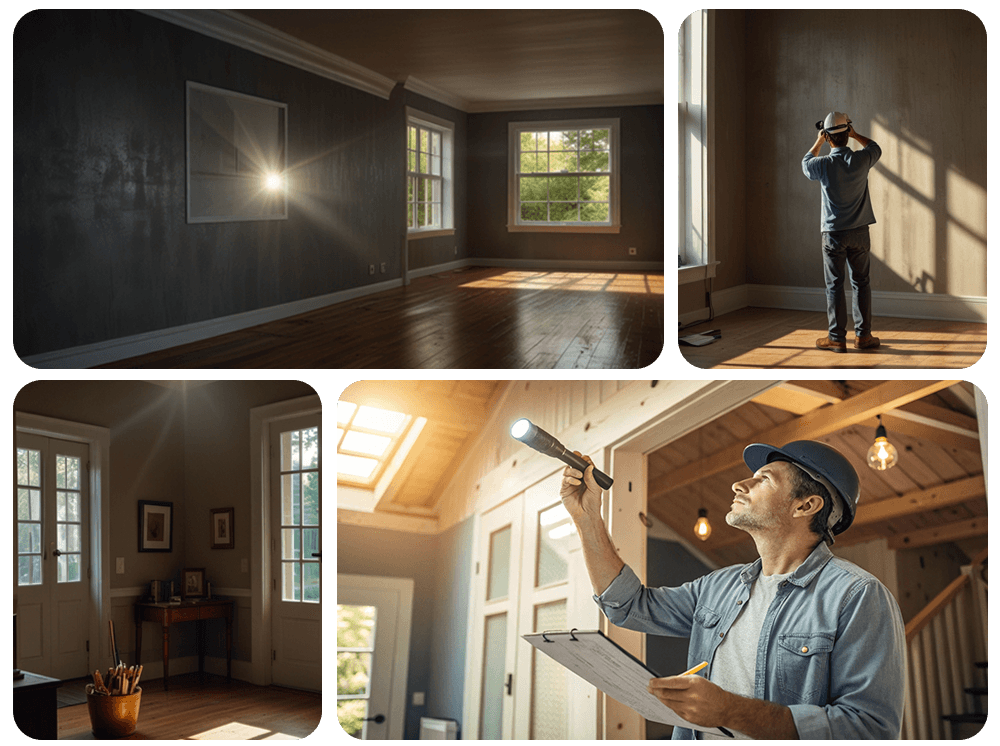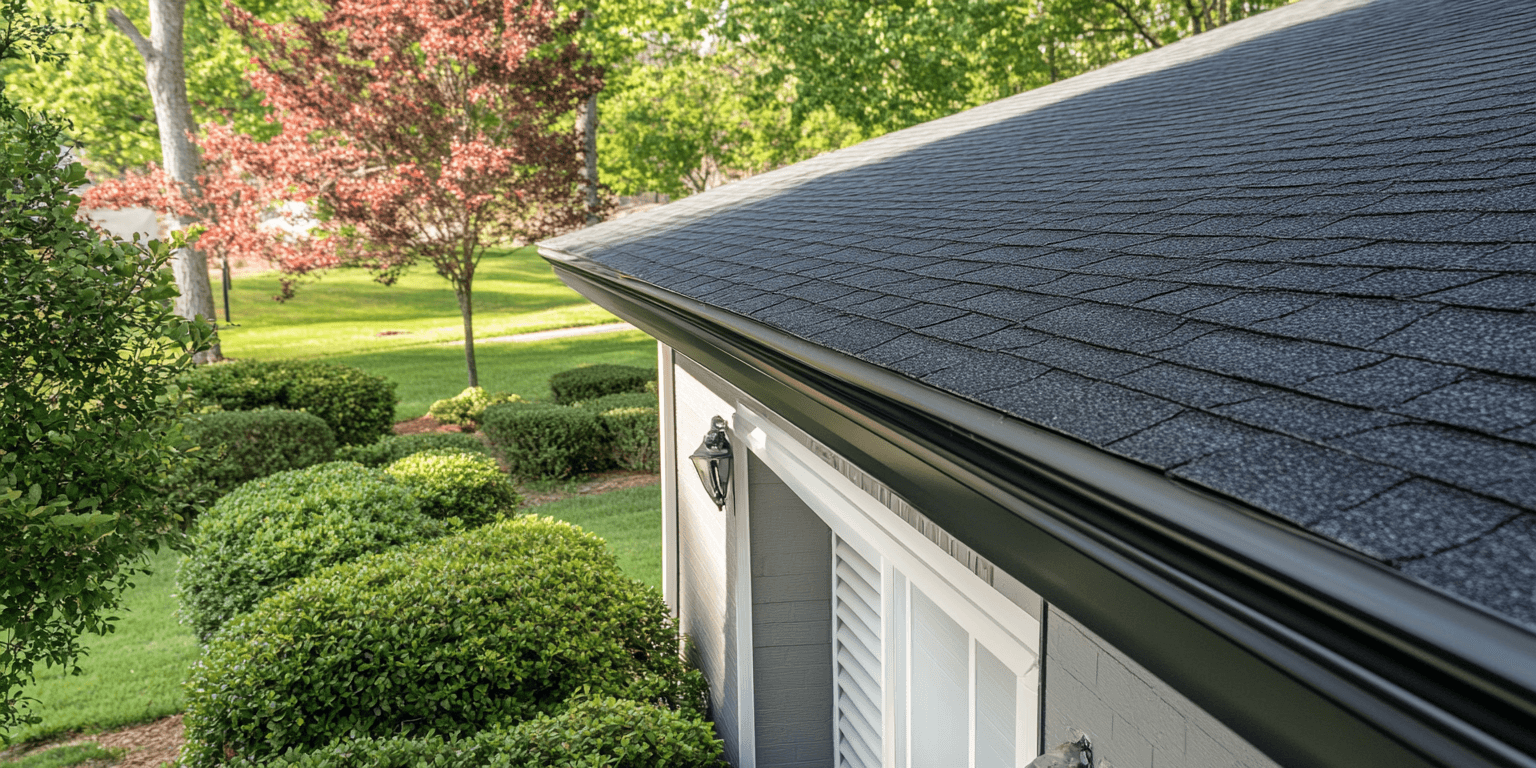Preparing your home for a professional inspection is a key step in ensuring a smooth process, whether you're buying or selling a property. By taking the time to make your home inspection-ready, you can help the inspector complete a thorough evaluation while minimizing the chances of delays or surprises. At 1st Choice Inspection Services TREC#9175, we’ve seen firsthand how proper preparation can make a big difference.
Here’s how to get your home ready for an inspection and ensure the process goes as smoothly as possible.

A home inspection is a detailed evaluation of your property’s condition, from the roof to the foundation. For sellers, preparing your home for inspection helps present it in the best light and avoids issues that could complicate the sale. For buyers, it ensures the home is properly maintained and all areas are accessible for a complete evaluation.
Proper preparation not only makes the process easier for the inspector but also helps speed up the sale and prevent last-minute negotiations over easily fixable issues.
Follow these key steps to make sure your home is ready for a professional inspection:
Having these areas cleared and accessible makes the inspection more efficient and ensures nothing important is overlooked.
Pay special attention to areas like:
While cleanliness doesn’t impact the home’s structural condition, a well-maintained environment shows that the property is cared for, which is always a positive.
Taking care of these minor issues before the inspection helps create a positive report and avoids unnecessary questions or concerns from buyers.
A well-maintained exterior reflects the overall care given to the home and helps the inspector assess critical components without obstructions.
At 1st Choice Inspection Services, we find that having a record of completed work can help streamline the inspection process by showing the inspector that key systems and components have been maintained or updated. It also helps build trust with potential buyers by showing that the home has been properly cared for.
Making sure everything is accessible and functioning saves time and helps the inspector provide a complete and accurate report.
Make arrangements for pets as well, as this ensures they won’t interfere with the inspection or get stressed by the presence of strangers.

Proper preparation makes all the difference when it comes to a home inspection. By ensuring that all areas of the home are accessible, addressing minor repairs, and having documentation for recent work, you set the stage for a smoother inspection process.
At 1st Choice Inspection Services TREC#9175, we’re here to help both buyers and sellers navigate the inspection process with confidence. A well-prepared home not only helps the inspector provide a complete assessment but also ensures that the sale can move forward without unnecessary complications.
Make sure all key areas of the home, such as the attic, crawl space, and electrical panel, are accessible. Clean and declutter the home, and fix any minor issues like leaky faucets or burnt-out bulbs before the inspection.
Sellers typically do not need to be present for the inspection, but it’s recommended for buyers. Being away allows the inspector and potential buyers to focus on the inspection without distractions.
Minor repairs, such as fixing leaks, patching holes, and replacing light bulbs, should be handled before the inspection to prevent them from showing up on the report. For larger issues, you can choose to address them before listing or disclose them to buyers.
Provide the inspector with documentation for any recent upgrades or repairs, such as roof work or HVAC maintenance. This shows that key systems have been maintained and can give buyers confidence in the property’s condition.
Most home inspections take between 2 to 4 hours, depending on the size and condition of the property.
Yes, a clean, clutter-free home helps create a positive impression and allows the inspector to focus on the property’s condition without distractions.